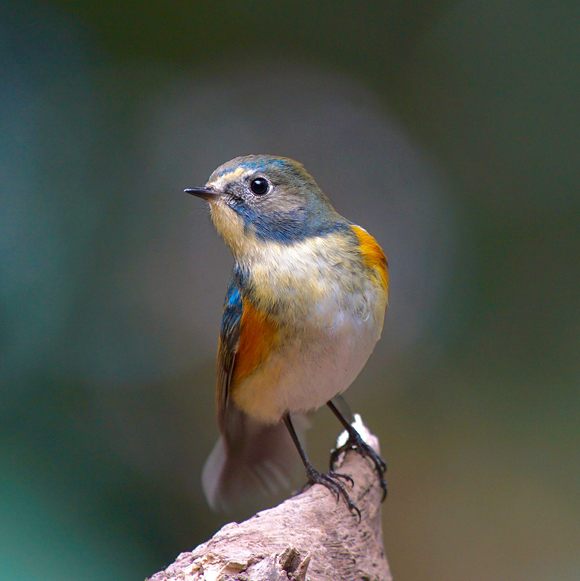Spotting Scope is a high-magnification optical device, mainly used for observing birds and other wild animals at a distance. Compared with ordinary telescopes, spotting scopes have higher magnification and better optical performance, and are suitable for ecological research, bird photography, outdoor adventure and other scenes. This article will introduce the application fields, purchase points and usage tips of spotting scopes.
1. Main application scenarios of spotting scopes
1. Birdwatching
The spotting scope is a core tool for bird lovers, suitable for:
Long-distance observation: high magnification (20-60x) can clearly identify details such as bird feathers and beak shape.
Wetlands and open areas: suitable for observing difficult-to-approach species such as waterfowl and birds of prey.
Migration research: record the flight routes and behavior patterns of migratory birds.
2. Wildlife observation
Habit study of mammals (such as deer and foxes).
Ecological monitoring of amphibians and reptiles.
3. Nature photography (Digiscoping)
Many bird-watching scopes can be paired with mobile phones or camera adapters for telephoto (ultra-telephoto photography), suitable for taking close-up photos of birds.
4. Outdoor sports and travel
Observe distant terrain while climbing.
Stargazing (can be used as a supplement to astronomical telescopes at low magnification).
5. Military and law enforcement (special purposes)
Some high-precision bird-watching scopes can be used for border patrols, wildlife protection and law enforcement, etc.
2. Key points for purchasing bird-watching scopes
1. Magnification and objective lens diameter
Standard magnification: 20-60x (variable magnification) or fixed magnification (such as 30x).
Objective lens diameter: 65mm-100mm. The larger the diameter, the more light enters and the brighter the image (but the weight increases).

2. Optical quality
Lens coating: Multi-layer coating (MC/FMC) can reduce glare and increase light transmittance.
Prism type:
Roof Prism: small size, portable, but requires high-quality coating.
Porro Prism: better optical performance, but larger size.
3. Fog-proof & Waterproof
Nitrogen/argon gas sealing: prevent internal fogging.
Rubber coating: shockproof and non-slip, suitable for harsh outdoor environments.
4. Tripod compatibility
Bird-watching scopes are usually heavy and need to be used with a stable tripod. Pay attention to the interface type (such as 1/4 inch screw) when purchasing.
III. Tips for using bird-watching scopes
1. Stable support
Use a tripod or sandbag to fix it to avoid hand-held shaking affecting observation.
Choose a low-center-of-gravity bracket to prevent wind from affecting observation.
2. Focus and zoom
First locate the target at a low magnification (20x), then adjust to a high magnification (60x) to observe details.
Finely adjust the focus ring to make the image clear and avoid excessive magnification that may cause image quality degradation.
3. Use of light
The soft light in the early morning or evening is more suitable for observing bird activities.
Use a lens hood to reduce glare when backlit.
4. Digital photography (Digiscoping)
Use a mobile phone adapter or a dedicated camera adapter ring.
Adjust ISO and shutter speed to avoid blurring at high magnification.
Bird watching scopes are not only a powerful tool for bird lovers, but also an important tool for ecological research and outdoor adventures. Choosing the right equipment and mastering the skills to use it can greatly enhance the observation experience. Whether you are a beginner or a professional bird watcher, a high-quality bird watching scope can bring a clearer and more stunning view of nature.


